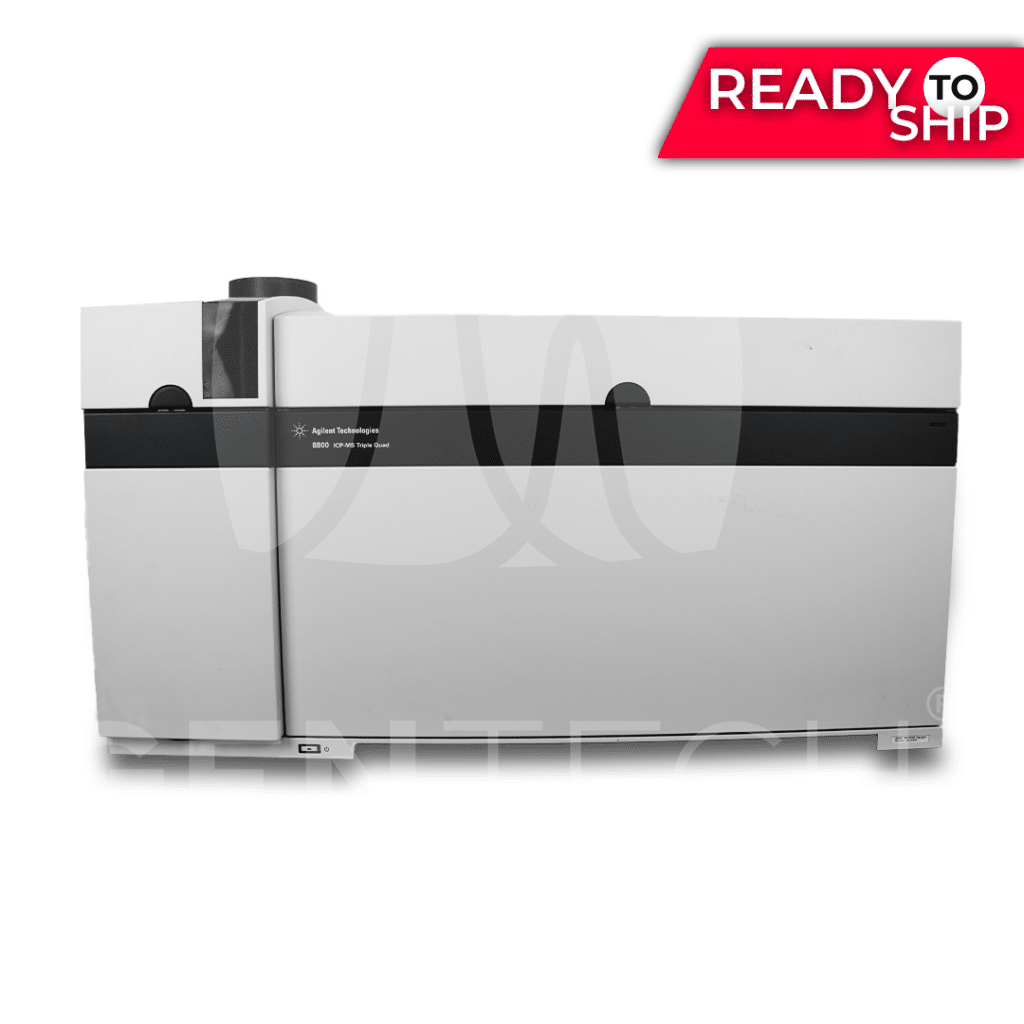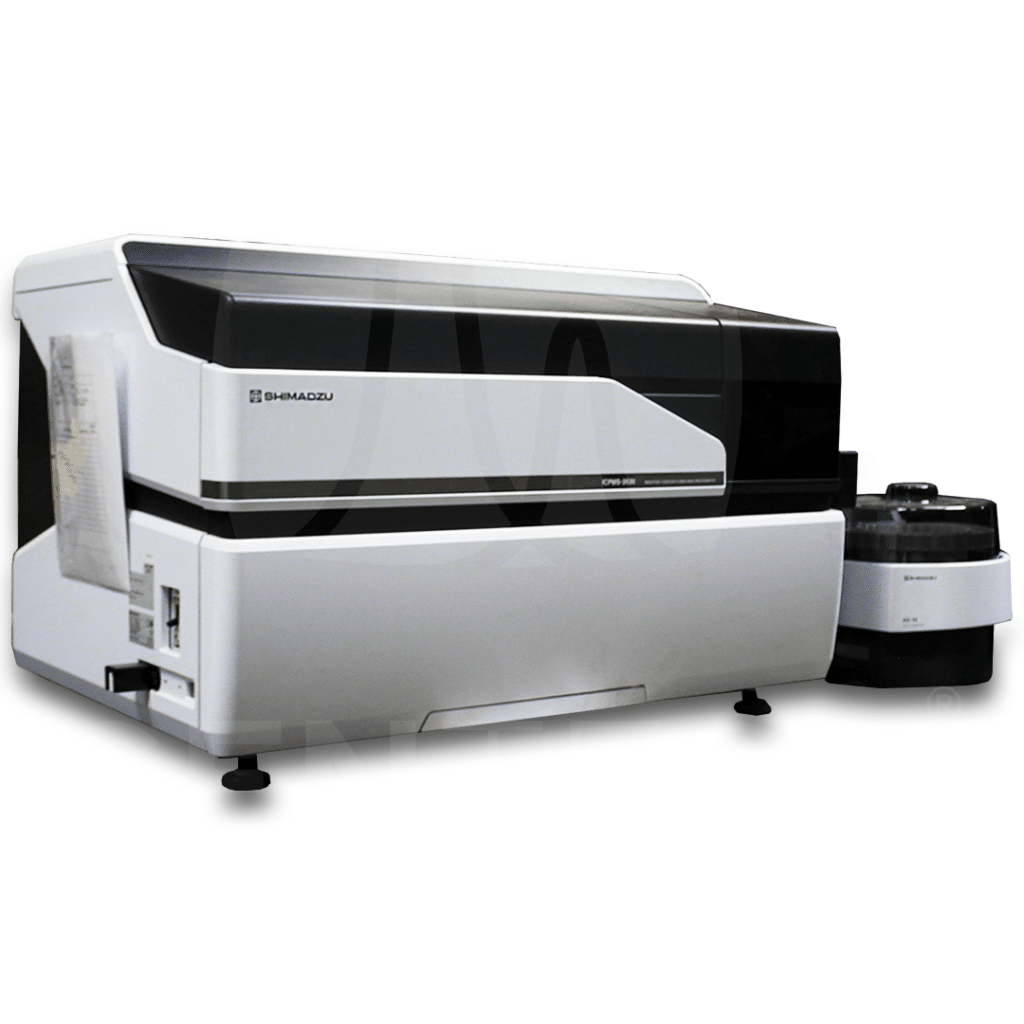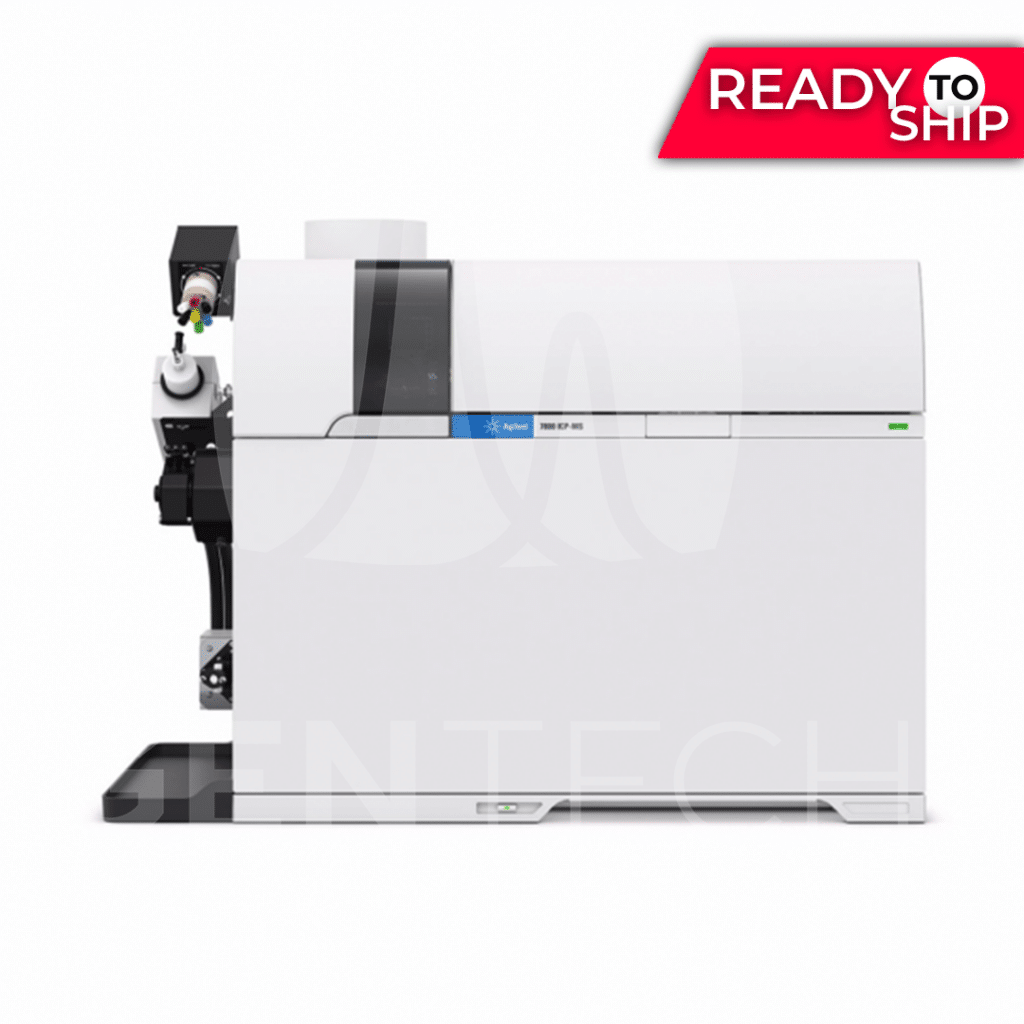And which system do I need for my laboratory?
Inductively Coupled Plasma Optical Emission Spectrometry (ICP-OES) and Inductively Coupled Plasma Mass Spectrometry (ICP-MS) are both analytical techniques used for elemental analysis, but they differ in how they detect and quantify elements. Read on to learn the main differences between the two.
1. Detection method:
- ICP-OES (Inductively Coupled Plasma Optical Emission Spectrometry): In ICP-OES, the technique relies on the measurement of the intensity of light emitted by excited atoms or ions in the plasma. Each element emits characteristic wavelengths of light when it returns to its ground state from an excited state. The emitted light is then dispersed and detected by an optical spectrometer to identify and quantify the elements.
- ICP-MS (Inductively Coupled Plasma Mass Spectrometry): ICP-MS, on the other hand, measures the mass-to-charge ratio (m/z) of ions generated from the sample in the plasma. Ions are separated based on their mass and charge using a mass spectrometer, and detectors measure the abundance of specific ions to determine the element’s identity and concentration.
2. Sensitivity and detection limits:
- ICP-OES is less sensitive than ICP-MS and typically has higher detection limits. It is often used for applications where lower sensitivity is acceptable, such as routine analysis of elements at higher concentrations. The linear dynamic range of ICP-OES is up to six orders of magnitude (106).
- ICP-MS generally offers superior sensitivity and lower detection limits compared to ICP-OES. ICP-MS can detect elements at trace and ultra-trace levels, often down to parts per trillion (ppt) or even lower, making it particularly useful for applications requiring high sensitivity. ICP-MS separates the atoms or ions based on their mass-to-charge ratios and provides valuable isotopic information. ICP-MS boasts a greater linear dynamic range than ICP-OES, all the way up to eight orders of magnitude (108) in current instruments.
3. Elemental coverage:
- ICP-OES is well-suited for the simultaneous analysis of multiple elements across the entire periodic table. It can analyze a broad range of elements, both major and trace, in a single run.
- ICP-MS can analyze an even wider range of elements, but it may have limitations for some elements due to isobaric interferences or other factors. However, it is particularly effective for elements that are challenging to detect at low concentrations using other techniques.
4. Sample preparation:
- Both techniques employ similar processes. Both techniques often require acid digestion of solid samples or hydride generation for efficient separation and analysis of samples such as arsenic, selenium, antimony, bismuth, tin, germanium and tellurium. Where ICP-MS requires more stringent sample preparation:
- ICP-MS can require more significant dilution of samples than ICP-OES. This to avoid interference from high matrix components (the mass spec is more sensitive to matrix effects).
- ICP-MS is more sensitive to high total dissolved solids (TDS) requiring greater dilution of samples.
5. Interference and matrix effects:
- Both techniques can be susceptible to interferences and matrix effects. ICP-MS is more prone to isobaric interferences, where ions with the same mass interfere with the measurement. ICP-OES may experience spectral interferences due to overlapping emission lines.
A Quick Comparison
ICP-OES | ICP-MS |
| Suitable for detection of most (73) elements, except radioactive elements | Can detect the largest number of elements (82) of the comparative elemental analysis techniques. |
| Medium sample volumes are best | Can work with very small volume samples |
| Relatively short run times; efficiently measures 1 to 60 elements per minute | Relatively short run times Most analyses in less than 1 minute (even old systems in less than 5 minutes) |
| Food & beverage, environmental, toxicology, photonics, agricultural testing, petrochemicals, | Food & beverage, environmental, pharmaceutical research, clinical research & toxicology, materials science, geological exploration. |
| High throughput, can detect elements against a broad concentration range. | Higher sensitivity, plus isotopic info for broadest range of information. |
| Method development is simpler, and OES doesn’t require the attention of a specialist to run samples once the method is calibrated | Method development is significantly more difficult and while operation can be unattended, it should be monitored by a specialist |
| High potential for spectral interference | Some spectral and isotopic interference, matrix effects and ionization effects |
| Requires a high-volume gas installation in the lab, can use analytical grade solvents and reagents. | Operating costs are higher than for OES, and high purity grade reagents are required. |
| Lower up-front cost, and lower operating costs. | Initial cost can be 2-3 times higher than for an OES system. |



How to choose?
The choice between ICP-OES and ICP-MS depends on the specific analytical needs of your laboratory, including the required sensitivity, element range, and potential interferences for your analysis. ICP-MS is favored for trace element analysis with high sensitivity, while ICP-OES is more commonly used for routine multi-element analysis at higher concentrations.
Other considerations include the number of samples tested per day, any applicable regulatory testing standards, and of course, the laboratory budget. Choosing from high-quality, refurbished ICP-MS systems offers both productivity and affordability for your lab.
Which technique best suits your application and budget?






